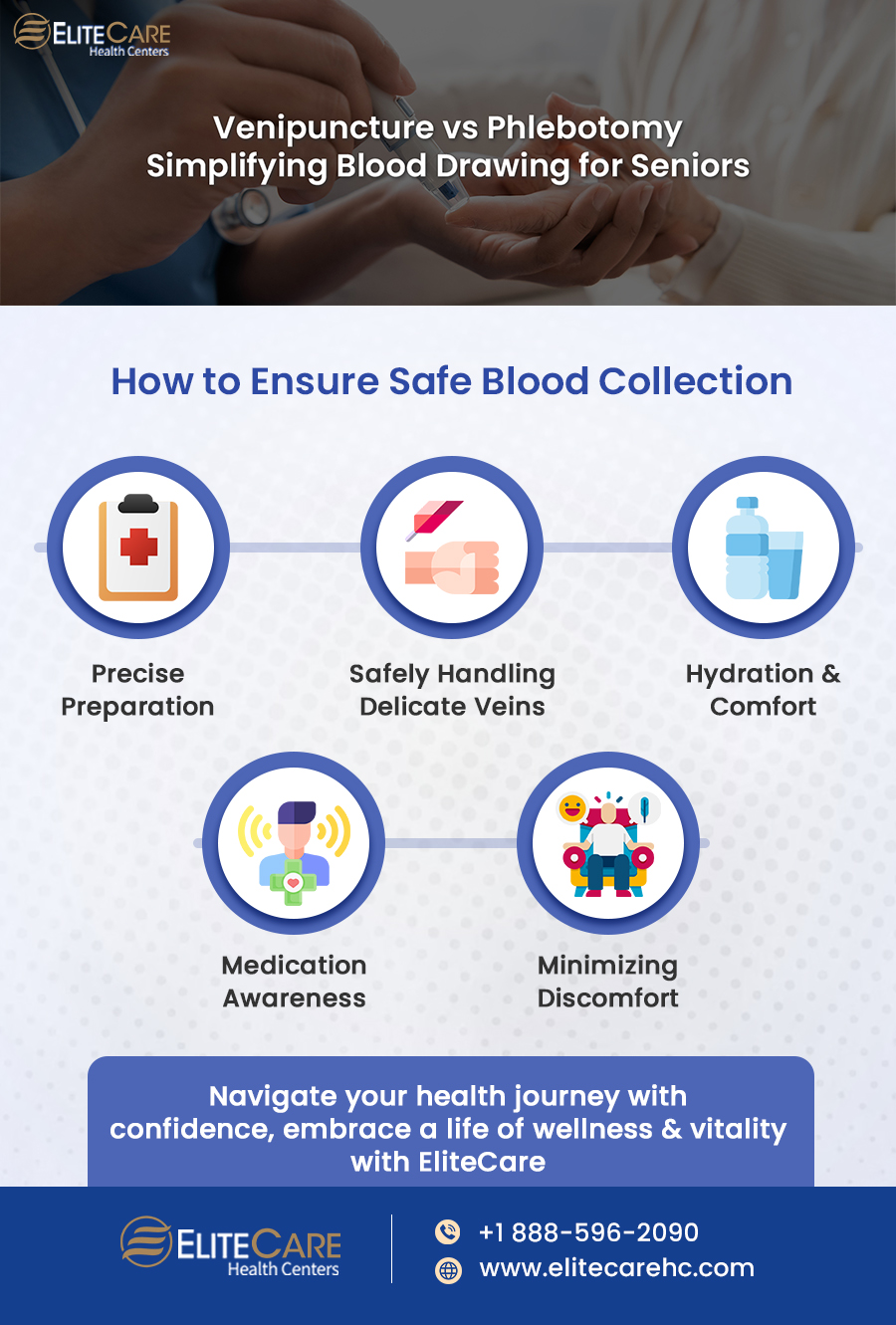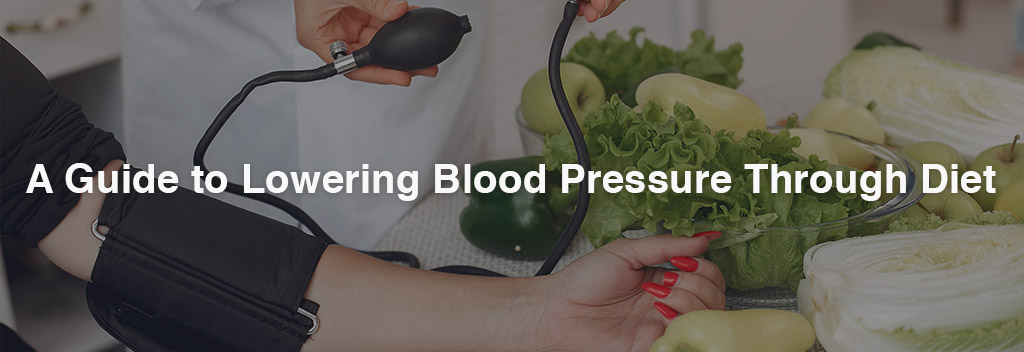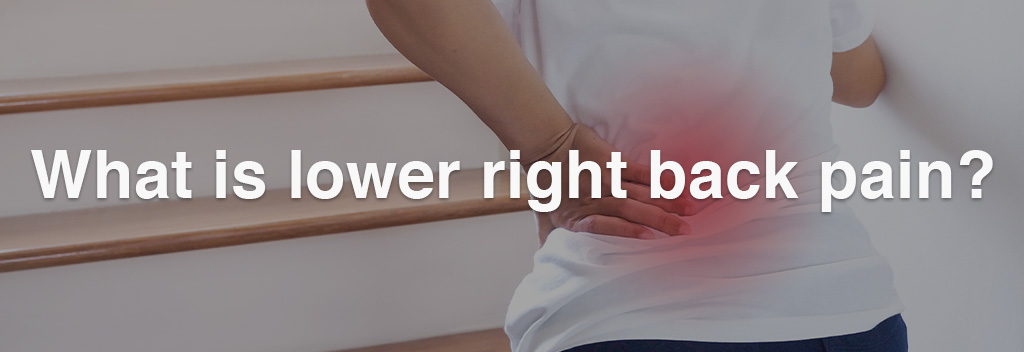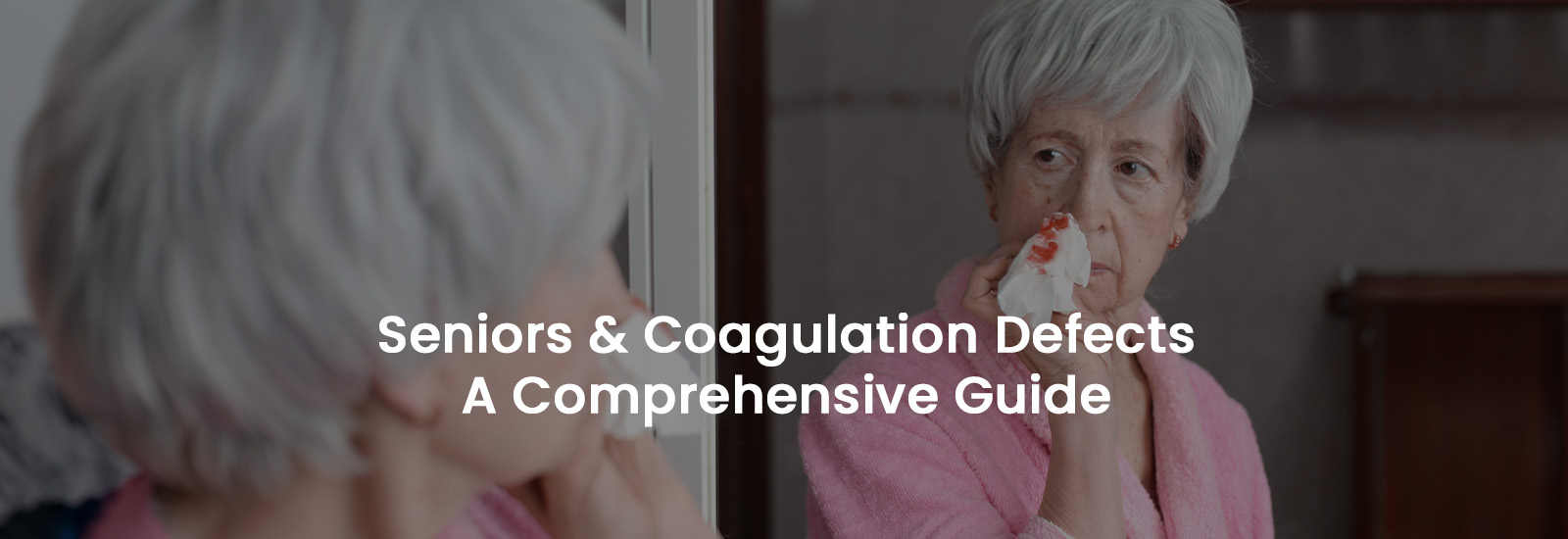
Healthcare can sometimes sound like a language, with words like venipuncture and phlebotomy adding complexity. But here’s the thing: understanding these terms, like venipuncture test and blood draw, is like having a key to unlocking better health decisions, especially for our seniors.
This blog post explores what venipuncture and phlebotomy mean, clarifying why they matter. We’re here to simplify these terms and ensure one has the necessary knowledge. Let’s get started.
Defining Venipuncture and Phlebotomy
Venipuncture: A Precise Art
Venipuncture involves using a delicate needle to puncture a vein. Think of it as a strategic way to access the body’s inner workings. This procedure serves diverse purposes, from delivering necessary medications to extracting blood for vital tests such as blood sugar tests at medical clinics. It’s a technique that medical professionals master to ensure accurate and effective results.
Phlebotomy: A Vital Process
On the other hand, phlebotomy refers to the art of drawing blood from veins. Our blood holds a wealth of information about one’s health. By collecting and analyzing this blood skillfully, healthcare providers can diagnose potential health issues early on. Imagine it as a diagnostic tool that helps craft a personalized path toward well-being.
Connecting the Dots
Amid these complex-sounding terms, the universal medical terminology language acts as a bridge, connecting seniors with their healthcare providers. As seniors explore EliteCare Health Centers, a trusted health care center known for its primary services, they’ll encounter these terms with a clearer perspective.
By understanding these definitions and their significance, seniors can actively participate in discussions about their health, including procedures like the blood sugar test. With knowledge, seniors are better equipped to make informed choices and effectively engage with healthcare professionals.
Venipuncture: The Basics
Visualize a scenario where a doctor needs to assess one’s blood’s composition to understand their health better. Venipuncture becomes the gateway to this crucial information. By drawing a small blood sample, healthcare professionals can conduct wellness blood tests that offer insights into various aspects of one’s well-being.
The Procedure in Action
A trained medical professional selects a suitable vein, often in one’s arm, and gently inserts a thin needle to draw blood. It’s a lot like tapping into a river to fetch water. This collected blood can then be subjected to a battery of tests to diagnose conditions or even monitor treatment effectiveness.
When Venipuncture Steps In
Consider routine health check-ups. Doctors often recommend blood tests to monitor cholesterol levels, blood sugar, or overall organ function. This is where venipuncture comes into play. It’s a method that allows primary care physicians at medical clinics to access valuable information without invasive procedures.
Furthermore, venipuncture extends its reach to treatments. For instance, Intravenous (IV) therapies rely on venipuncture for administering medications directly into one’s bloodstream. It’s a bit like delivering a package directly to its intended destination.
The Venipuncture Process
This simple yet significant procedure involves several stages, each contributing to accurately retrieving blood samples for diagnostic or therapeutic purposes.
1. Preparation Matters
Before the procedure begins, a healthcare professional specializing in senior care services ensures the equipment is on hand. This includes sterile needles, tourniquets, alcohol swabs, and collection tubes. These measures are crucial for maintaining a hygienic and safe process.
2. Identifying the Right Vein
The next step involves selecting an appropriate vein, usually in the arm. Veins are often visible just beneath the skin. Palpating the area helps healthcare providers identify the most suitable procedure.
3. Tourniquet Application
A tourniquet is gently tied around the upper arm, a bit like the wristband of a watch. This momentarily increases blood flow to the area, making the veins more prominent and easier to access.
4. Cleaning the Area
To maintain hygiene, the selected area is cleaned with an alcohol swab. This minimizes the risk of infection
5. Needle Insertion
A thin needle is carefully inserted with the vein clearly visible, and the area sanitized. The needle’s insertion may cause a slight discomfort, like a quick pinch.
6. Collecting the Blood
As the needle is in place, blood is drawn into collection tubes. These tubes are carefully labeled for accurate identification later in the process.
7. Needle Removal and Bandaging
Once the required amount of blood is collected, the needle is gently removed. A sterile cotton ball or gauze pad is placed over the puncture site, and a bandage is applied to prevent bleeding.
8. Patient Comfort
Healthcare professionals ensure the patient’s comfort throughout the process. Seniors can rest assured that their well-being is a priority at every step.
Phlebotomy: Drawing Blood for Seniors
Phlebotomy plays a crucial role as a diagnostic tool. This process involves blood extraction for analysis, aiding healthcare providers in assessing various aspects of one’s health. Phlebotomy is integral to primary care centers, ensuring seniors receive accurate insights into their well-being. Common tests include assessing blood sugar levels, cholesterol levels, and indicators of organ function.
The Process
During the procedure, a healthcare professional will use a thin needle to draw a small amount of blood from a vein, typically from the arm. This blood is then collected in special tubes for different tests. The process is relatively quick and painless, with minimal discomfort akin to a brief pinch.
Ensuring Safe Blood Collection
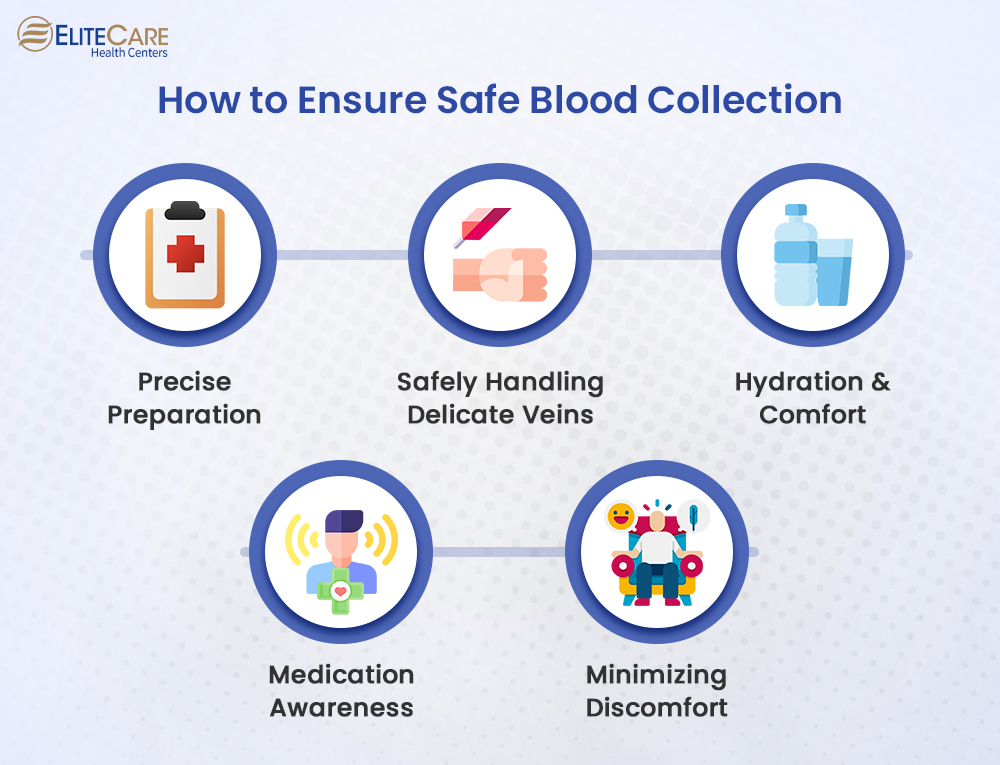
Precise Preparation
Before undergoing blood collection, seniors should ensure their healthcare provider has accurate identification details. This helps prevent mix-ups and ensures that test results are correctly attributed.
Hydration and Comfort
Staying well-hydrated aids in locating veins for blood collection. Seniors should communicate discomfort or anxiety to healthcare professionals, allowing for a smoother experience.
Medication Awareness
Seniors taking blood-thinning medications or aspirin should inform their healthcare provider. These medications can influence bleeding and clotting during and after blood collection.
Patient Comfort
Blood collection rooms in elite medical centers are designed for patient comfort. Seniors are encouraged to ask for assistance if they have difficulty lying down or staying still during the procedure.
Minimizing Discomfort
The tourniquet applied to the upper arm may cause mild discomfort but helps the veins stand out for easier access. This momentary pressure aids in successful blood collection.
Seniors' Unique Considerations
Healthcare providers at elite health and wellness centers understand that seniors may have unique considerations during a blood draw. They consider factors such as fragile veins, chronic conditions like diabetes, or medications that might affect blood clotting (as mentioned above). This personalized approach ensures the process is as comfortable as possible.
Aftercare and Seniors' Concerns
Common Side Effects
Seniors might experience mild bruising or tenderness at the puncture site, which typically resolves in a few days.
Self-Care Measures
Applying a cold compress to the area can help reduce bruising and swelling. Avoiding heavy lifting with the punctured arm is advised.
Staying Hydrated
Drinking fluids after the procedure helps flush out any lingering effects of the blood draw.
Test Result Expectations
Seniors may receive results within a few days, depending on the specific test. Timelines are explained during the visit.
Addressing Anxiety
If anxiety persists, reaching out to the elite medical center can offer reassurance and guidance.
Contacting Healthcare Professionals
If severe pain, prolonged bruising, or other unusual symptoms occur, it’s recommended to contact the primary care center for advice.
To Sum Up
Understanding medical terms, such as venipuncture and phlebotomy, empowers seniors to make informed decisions about their well-being. By grasping the essentials of blood collection processes and their importance, seniors can actively participate in their healthcare experiences.
For further medical insights and personalized care, consider contacting EliteCare Health Centers. Their expertise and commitment to senior healthcare ensure that every individual’s unique needs are met. With EliteCare, seniors can confidently navigate their health journey, embracing a life of wellness and vitality.
